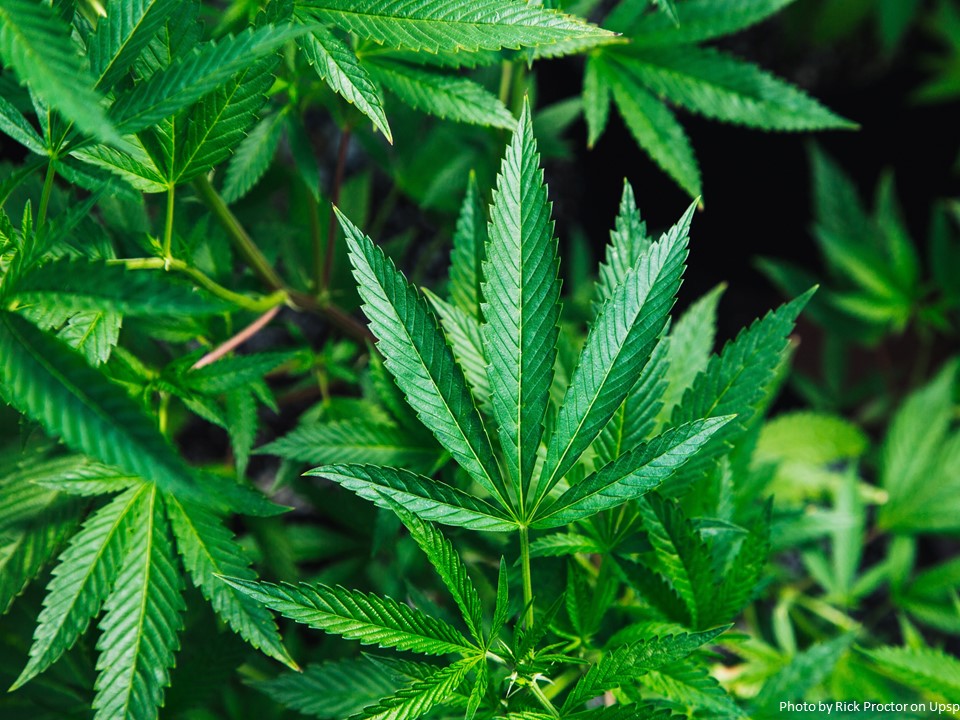
Despite decreasing rates of alcohol and tobacco use during pregnancy, the use of cannabis use during pregnancy is on the rise. According to data collected from the National Survey on Drug Use and Health, the use of cannabis in pregnant women aged 18 to 44 years rose from 2.37% in 2002 to 3.85% in 2014 in the United States, with 21.1% of cannabis users reporting that they used cannabis on a daily basis during pregnancy.
It has been difficult to systematically study the impact of cannabis use on pregnancy and child outcomes because its use is illegal in most states. A recent study published in JAMA Psychiatry analyzed data from children participating in the ABCD study to better understand the long-term effects of cannabis use.
The Adolescent Brain Cognitive Development or ABCD Study is funded by the NIH and is the largest long-term study of brain development and child health in the United States. The current analysis included 11,489 children recruited into the ABCD study between the ages of 9 and 10 (mean age, 9.9 + 0.6 years).
Exposure to cannabis during pregnancy was identified through retrospective reports from the parent or caregiver. Three mutually exclusive groups were defined: no exposure (n?=?10,834), exposure only prior to confirmation of pregnancy (n?=?413), and exposure after maternal confirmation of pregnancy (n?=?242). These two exposure groups were chosen with the goal of eliminating potential confounding factors, such as genetic or lifestyle factors that may differ between cannabis users and non-users.
The Child Behavior Checklist was used to assess internalizing and externalizing problems as well as attention, thought, and social problems in children as reported by the parent or caregiver. The Prodromal Questionnaire–Brief Child Version was used to assess child-reported psychotic symptoms.
Compared to children whose mothers did not use cannabis, children whose mothers used cannabis exhibited worse outcomes across multiple variables; exposed children were more likely to have higher BMIs, higher levels of psychotic symptoms, as well as internalizing and externalizing behaviors, more frequent sleep problems, social problems and lower scores on tests of attention and cognition. However, when the researchers separated out the two different exposure groups, they observed that children born to mothers who stopped using cannabis when they discovered they were pregnant did not differ from children born to mothers who reported no cannabis use.
While we have seen a few studies suggesting worse pregnancy outcomes in women who use cannabis during pregnancy, this is the largest study to date looking at the longer term risks of prenatal cannabis exposure. In this study, cannabis exposure during pregnancy is associated with increased risk for psychopathology observed at 9-10 years of age.
It is important to note, however, that association does not necessarily equal causation. While this analysis attempts to control for potential confounding factors, it is likely that mothers who elect to continue using cannabis during pregnancy differ from mothers who choose to stop. It is likely that these women are heavier users or may be dependent on cannabis; while exposure during pregnancy may pose certain risks, we must also consider the impact of heavy or daily use of cannabis on parenting, a factor which may also influence a child’s risk for psychopathology.
Ruta Nonacs, MD PhD
Paul SE, Hatoum AS, Fine JD, Johnson EC, Hansen I, Karcher NR, Moreau AL, Bondy E, Qu Y, Carter EB, Rogers CE, Agrawal A, Barch DM, Bogdan R. Associations Between Prenatal Cannabis Exposure and Childhood Outcomes: Results From the ABCD Study. JAMA Psychiatry. 2020 Sep 23.
